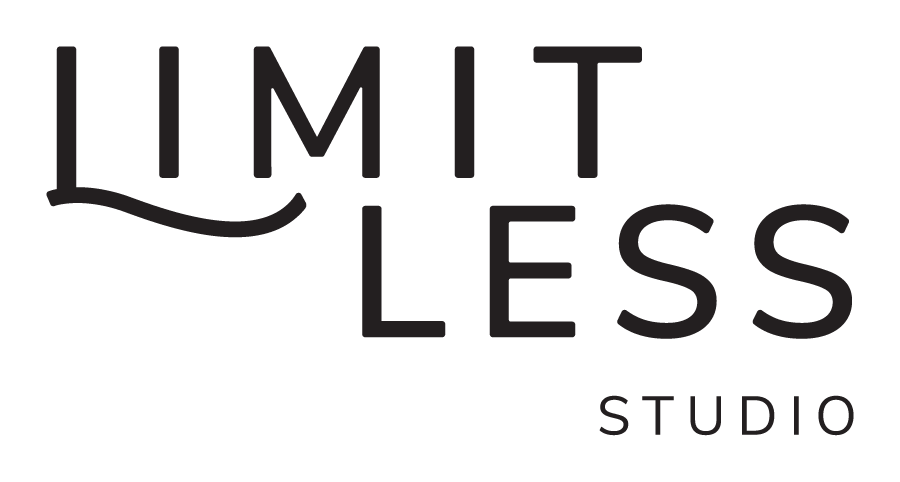The Secret to Studio Sales Success: Why Person-to-Person Beats Automation Every Time
In the fitness industry, where personal connection and motivation are paramount, the role of person-to-person relationships in your sales process cannot be overstated. While automation software has its place in streamlining business processes and educating clients, it falls short of creating the personalized experience and emotional engagement necessary for a gym or boutique fitness studio.
One of the first questions I hear from a new coaching client is, "What automation software should I get?" nine times out of ten, my answer is, "You don't need one." If you want a software to send reminders or auto-emails that explain where to park and when to show up for class, that's one thing. But automation that effectively sells memberships is extremely rare- even if the software websites claim otherwise.
To help you believe me, because I often get skeptical looks when I tell clients they can let their automation software go, here are the five reasons why your automation software can't sell like you can, and also how to use your software more effectively if you want to keep it.
Why Can’t Automations Sell Like a Person?
Establishing Genuine Relationships
When it comes to fitness, building a genuine relationship with future clients is crucial to motivate them to start their wellness journey. Personalized face-to-face interactions, phone, text, or even email- allow potential members to connect with enthusiastic and knowledgeable fitness pros who understand their unique needs, goals, and concerns. That personalized touch builds trust, enables active listening, and fosters a sense of community—a key driver for individuals seeking a gym or boutique fitness experience. Automation software, with its scripted responses and generic communication, fails to create the same level of connection and authenticity. Your clients know it's a robot talking and are less likely to engage.
Tailored Recommendations and Guidance:
Each new client's fitness goals and preferences are so personal, and we must learn them as studio owners- that's why it's the first step of Limitless's signature five-step sales process. A skilled salesperson can provide personalized recommendations and guidance, considering current fitness level, health conditions, and specific objectives. A teacher or member of the desk staff can empathize, answer questions, and offer tailored solutions that align with the potential member's needs by engaging in one-on-one conversations. On the other hand, automation software lacks the ability to adapt and provide nuanced advice, resulting in a one-size-fits-all approach that fails to address individual concerns effectively.
Motivation and Accountability:
Embarking on a new fitness journey requires a degree of bravery, consistency, and inspiration. The human element in sales can inspire and empower potential members, motivating them throughout their fitness journey. A salesperson can provide the necessary emotional support to encourage leads by actively listening, understanding aspirations, and offering encouragement. No matter how sophisticated, automation software cannot replicate the emotional connection and personalized motivation that comes from a person-to-person interaction.
Addressing Concerns and Overcoming Obstacles:
Joining a gym or boutique fitness studio often involves overcoming obstacles and concerns from a hesitant new client. These may range from fear of judgment to doubts about program suitability or perceived limitations. A salesperson can empathetically address these concerns, provide reassurance, and offer real-time solutions, effectively easing potential members' worries. Automation software may provide standard responses but cannot truly understand and empathize with individual fears and concerns, leaving potential members feeling unheard and hesitant to commit.
Building a Thriving Community:
Gyms and boutique fitness studios thrive on community and human connection. By engaging in person-to-person sales, fitness professionals can introduce potential members to the vibrant community they will become a part of. I call this the Teacher Handshake (or new client boomerang) in my studio. It's a choreographed and practiced process from The Studio Sales Solution that my teachers train in. With this process, they can share success stories, introduce clients to like-minded members, and convey your studio's unique energy and camaraderie. Without this, the appeal and sense of belonging for potential members is difficult to express.
When To Use Automation Software:
Just because I regularly preach that you don't need automation software doesn't mean there is no purpose or that it can't make your life easier. I even use one to keep track of my clients progress. Here's when your automation is a good choice:
Birthday emails
Milestone notices
Education campaigns like a new client automation that describes the processes and standards of your studio.
30 and 60-day win-back routines that sell a low-stakes, low-cost offer.
As a backup brain to show you who is falling off their routine, who is about to expire, and who should purchase a membership.
An all-in-one platform to send emails and texts that your whole team can see and share.
While automation software has revolutionized many industries, boutique fitness is one where the human touch holds immeasurable value. Person-to-person sales interactions foster genuine relationships, provide tailored guidance, offer motivation and accountability, address concerns, and build thriving communities. In the gym or boutique fitness studio environment, enthusiasm, empathy, and personal connection can inspire potential members to take that first step toward a healthier lifestyle. Automation has a place, but it's not your primary sales tool.




